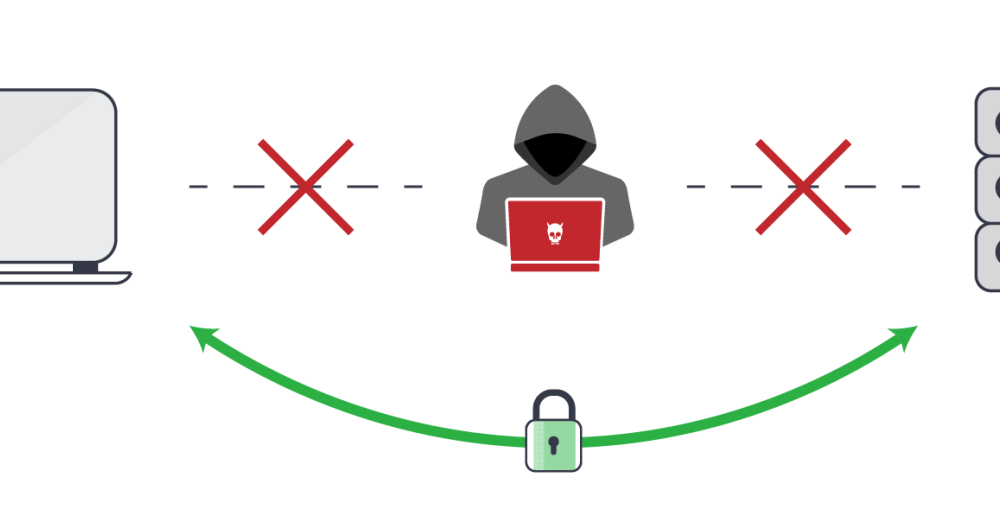What are the most common cyber attacks?

At Winzum we love the Internet, and why wouldn’t we? Without this incredible platform we wouldn’t have anywhere to host our amazing online competitions, so we are massively grateful for it. In fact, we are sure there are billions of people out there today who are extremely thankful for the Internet, but that doesn’t mean it is 100% a good thing either.
The reason why? Well, despite the fact that online connectivity has had so many positive affects on our lives, it also allows for cyber criminals to wreak havoc too, especially with people who don’t take online safety seriously enough.
It is crucial to get safe online, there is absolutely no avoiding that, and at Winzum we are full of ideas on how you lovely lot can take your Internet safety to the next level. A great way to increase your online safety is simply to know a bit about the most common cyber attacks, so keep reading for more!
Man-in-the-middle attack
Man-in-the-middle attacks, or MitM attacks as they are also known, are a common way for nasty cyber criminals to try and get their grubby mitts on your personal data through intercepting communications in a two party transaction.
This could be anything, however it is most likely to be a banking transaction, like when you buy something online. This is why SSL certificates are so important, so never buy anything off of website without the padlock in the URL search bar, or you may be at risk of a man-in-the-middle attack.
Ransomware attack
The use of ransomware is getting more and more popular these days, as criminals create evermore elaborate ransomware software to use against unwitting victims. In essence ransomware is a type of malware that can effectively lock your computer and hold it up to ransom – not great, not great at all…
And the potential affects from a ransomware attack can be pretty horrendous too; just check out our article on famous ransomware attacks thoughout history [Famous malware and ransomware attacks throughout history]. Most ransomware is delivered as a result of a phishing attack, so you need to be incredibly careful when receiving suspect emails, or you may end up having to pay a ransom.
Denial-of-service attack
As an individual you are unlikely to come under a denial-of-service attack, however the online safety of something like a business is much more at risk. With a denial-of-service attack criminals use multiple devices to flood servers with online traffic, therefore incapacitating the systems in use.
In most cases an online firewall and sophisticated anti-virus system will be enough to stop a denial-of-service attack, however it is still something that business in particular should be careful of.